Overview
Cerebral palsy (CP) is a group of permanent movement disorders that appear in early childhood.
It is caused by abnormal development or damage to the parts of the brain that control movement, balance, and posture.
CP can affect muscle control, coordination, reflexes, posture, and balance.
Causes
Cerebral palsy (CP) is primarily caused by abnormal brain development or damage to the developing brain, which can occur before, during, or shortly after birth.
The exact cause of CP is often difficult to determine, but there are several factors that can contribute to its development:
Prenatal factorsPerinatal factorsPostnatal factors
Symptoms
Muscle stiffness or spasticityMuscle weakness.Abnormal muscle toneDelayed motor milestonesAbnormal reflexesBalance problemsTremors or involuntary movementsDifficulty with fine motor skillsSpeech and swallowing difficulties
Treatment: Modern Medicine
Physical therapyOccupational therapySpeech therapyMedicationsBotulinum toxin injectionsOrthotic devicesSurgeryRobotic-assisted therapy
Treatment: Traditional Medicine
Massage therapyHeat therapyCold therapyAromatherapyHerbal supplementsNutritional supplementsHydrotherapyAcupunctureMind-body practice
Caution
SafetyEffectivenessRegulation and quality controlDelaying or substituting medical care
Prevention
Prenatal careManage maternal health conditionsAvoidance of harmful substancesPrevent injuriesPromote safe sleep practicesGenetic counselingEarly identification and interventionPromote maternal and child health
 Nalamaree Team
Nalamaree Team

.jpg.webp)
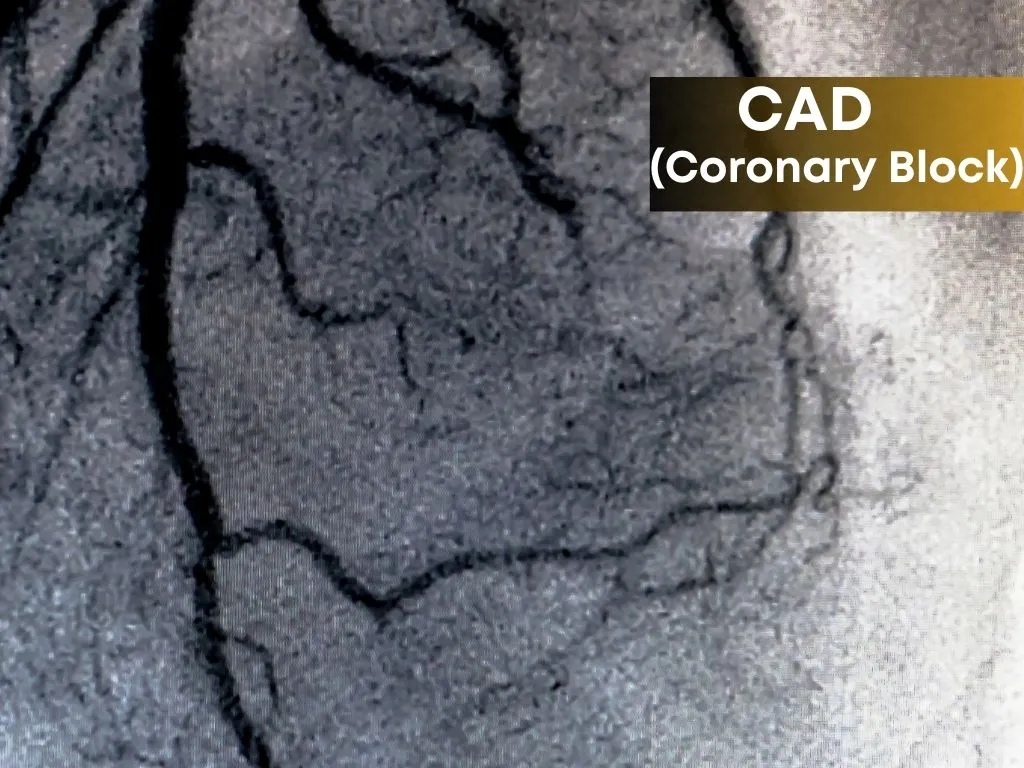
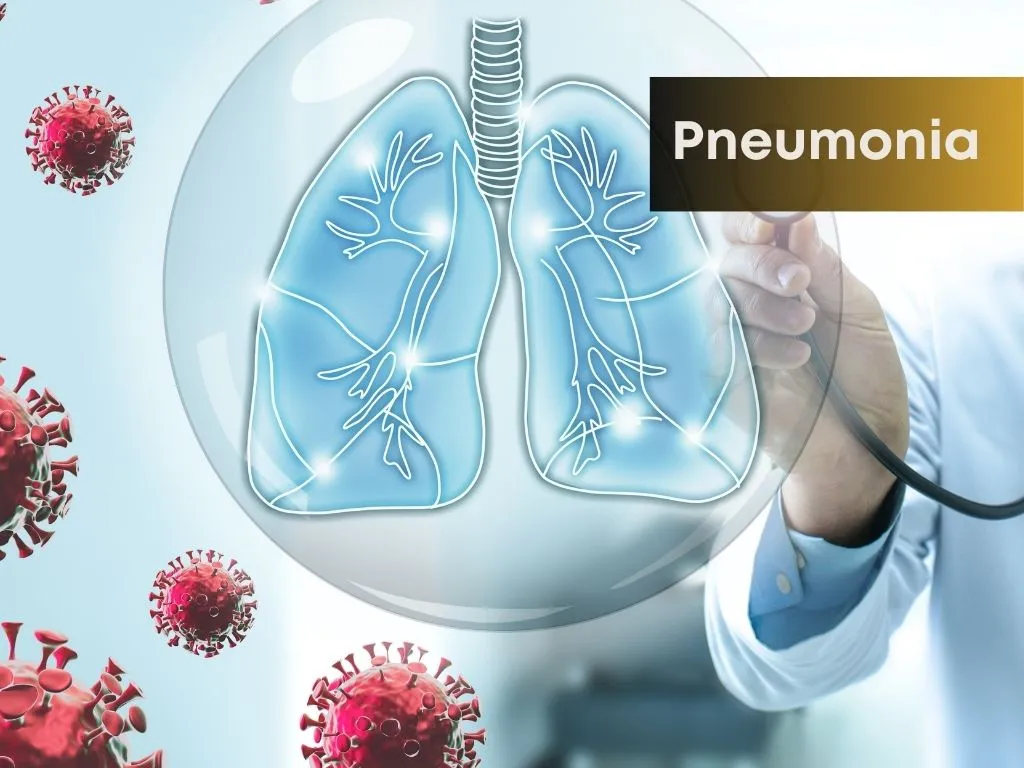
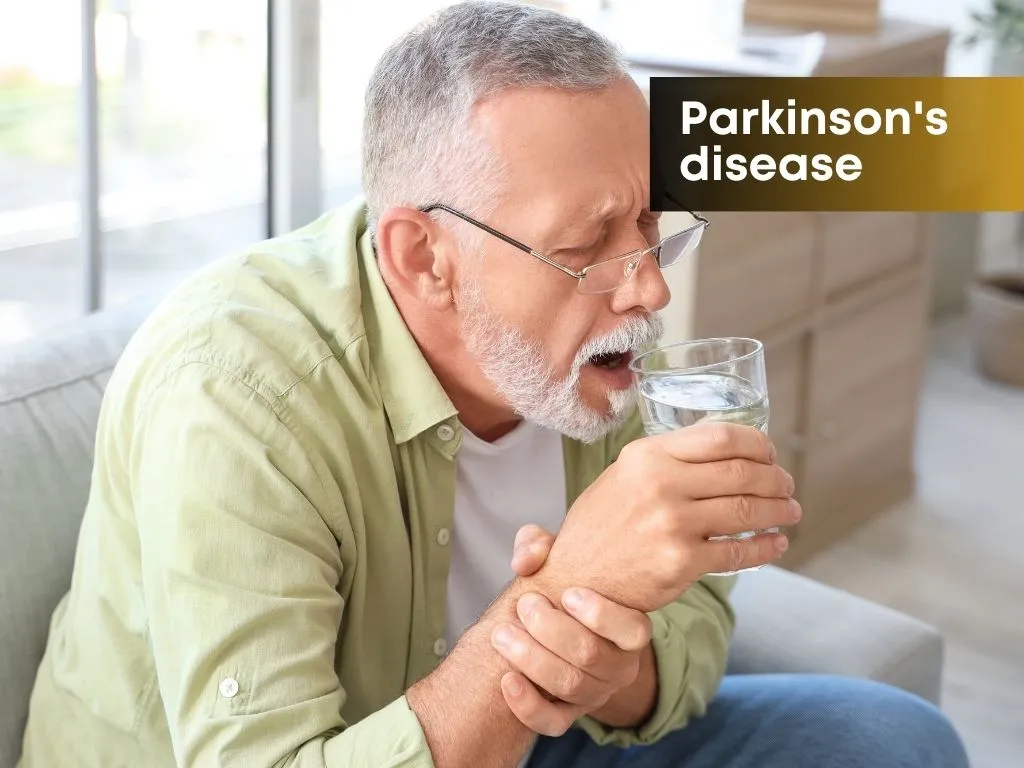
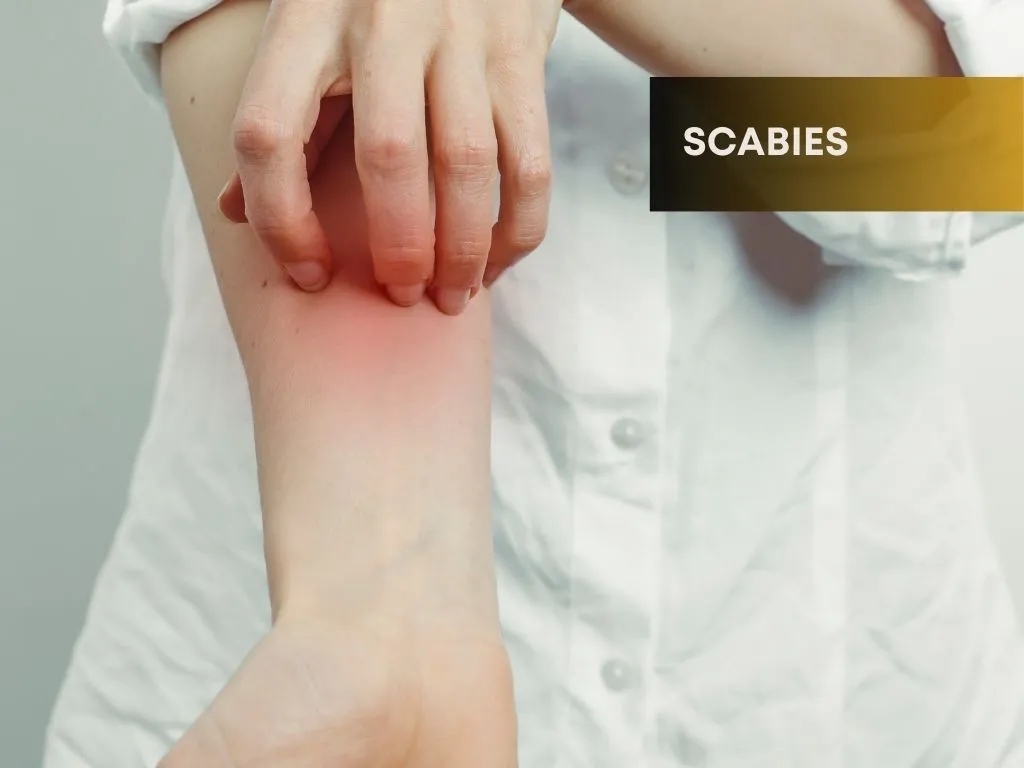

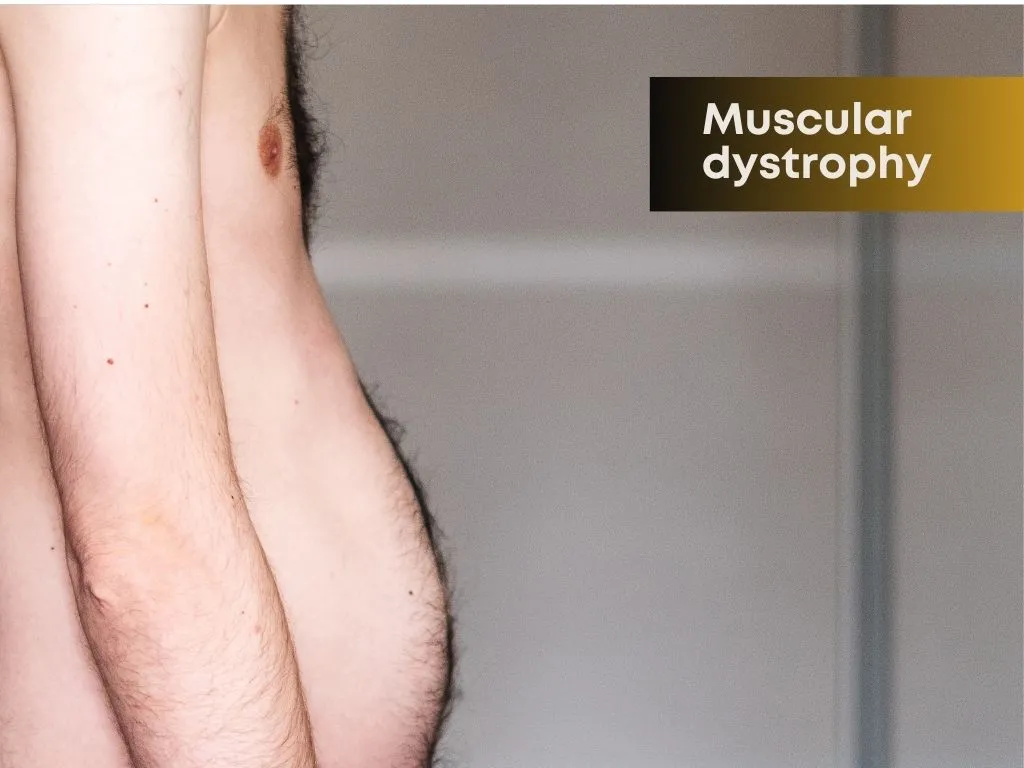
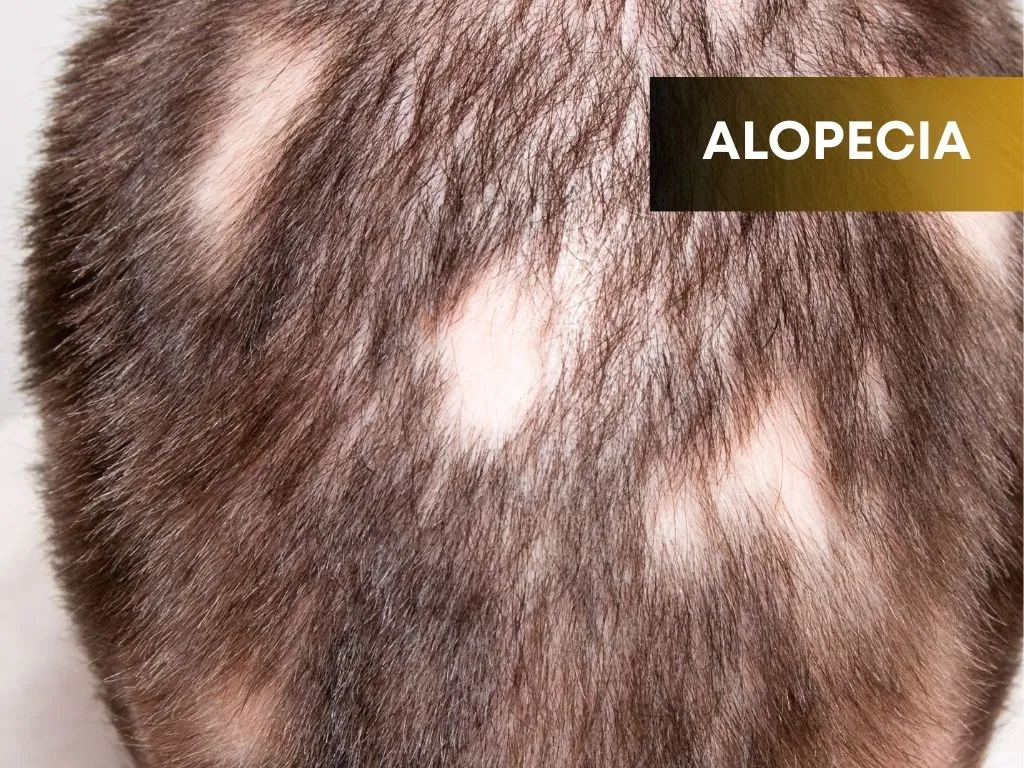

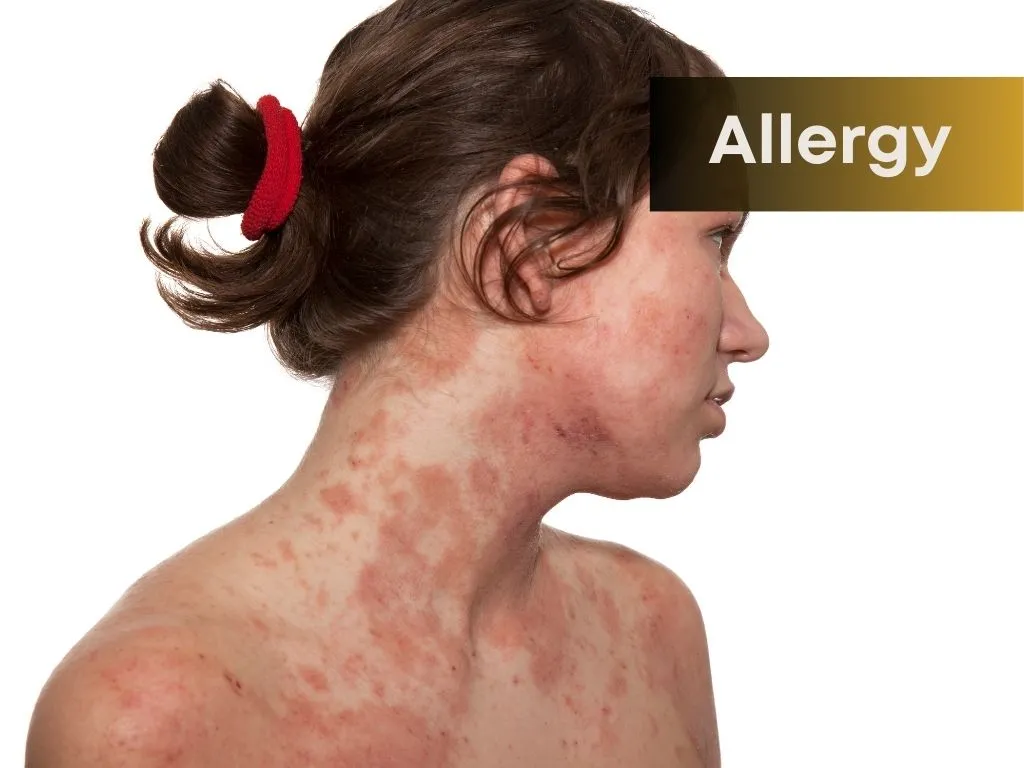


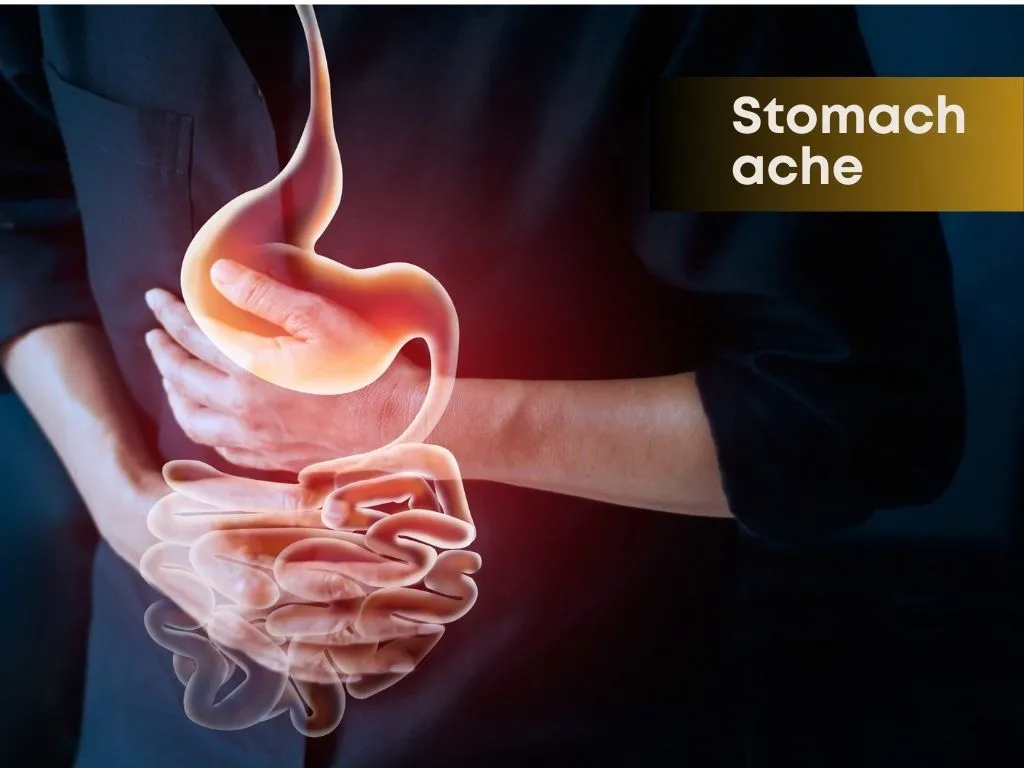

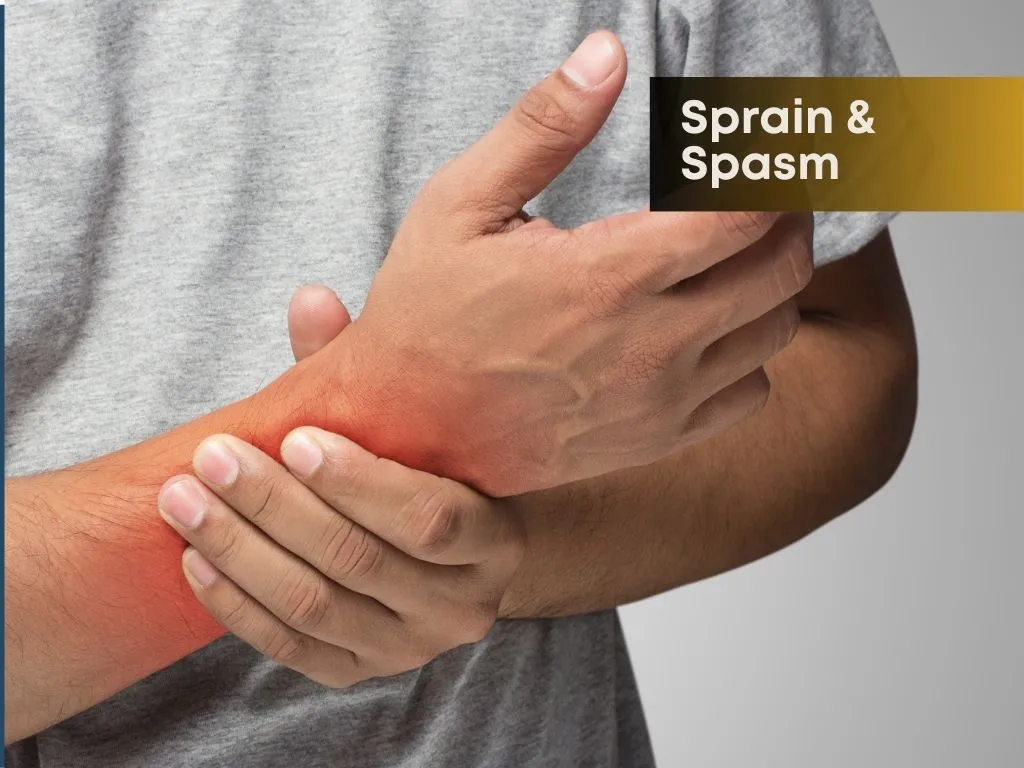
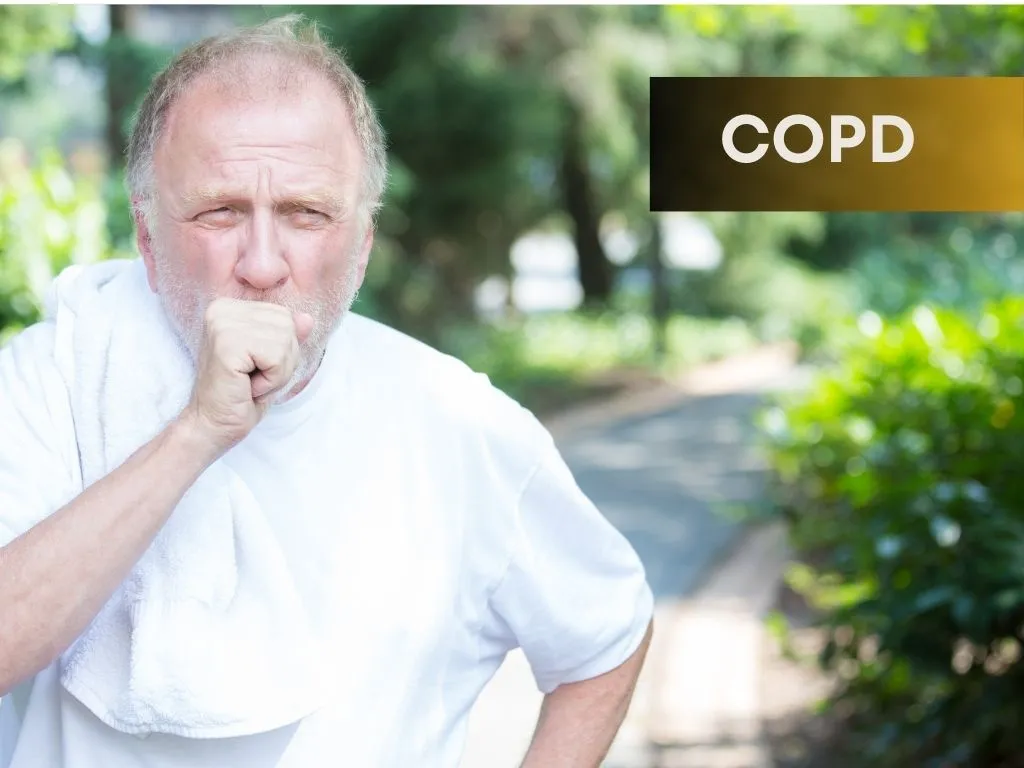
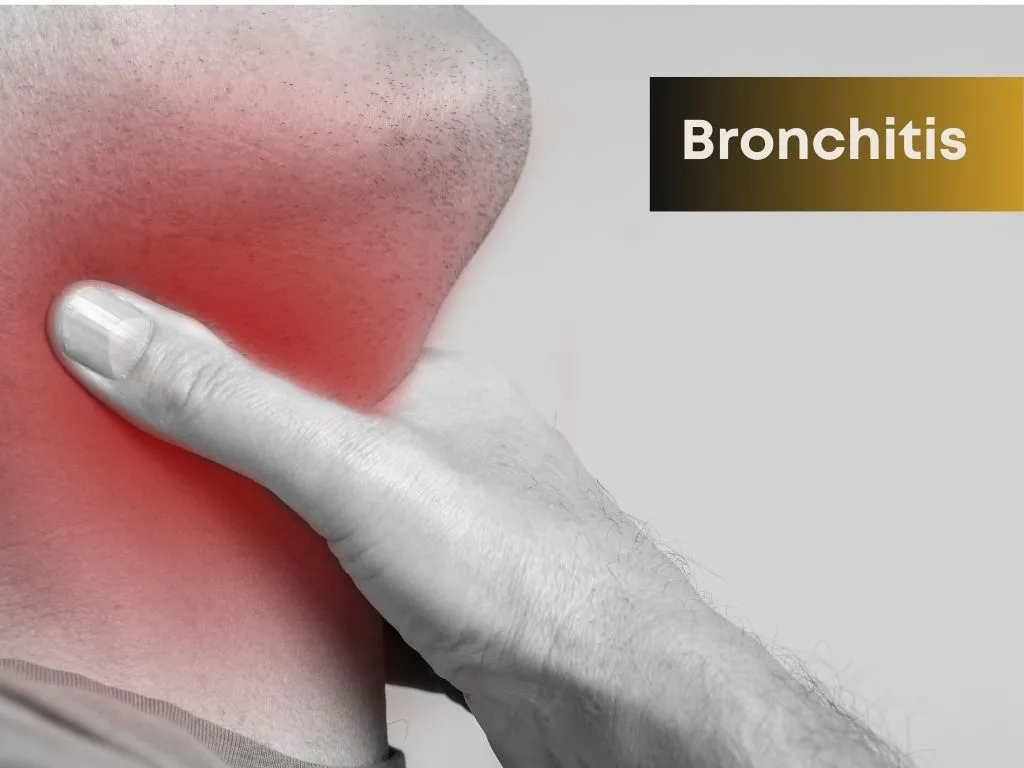
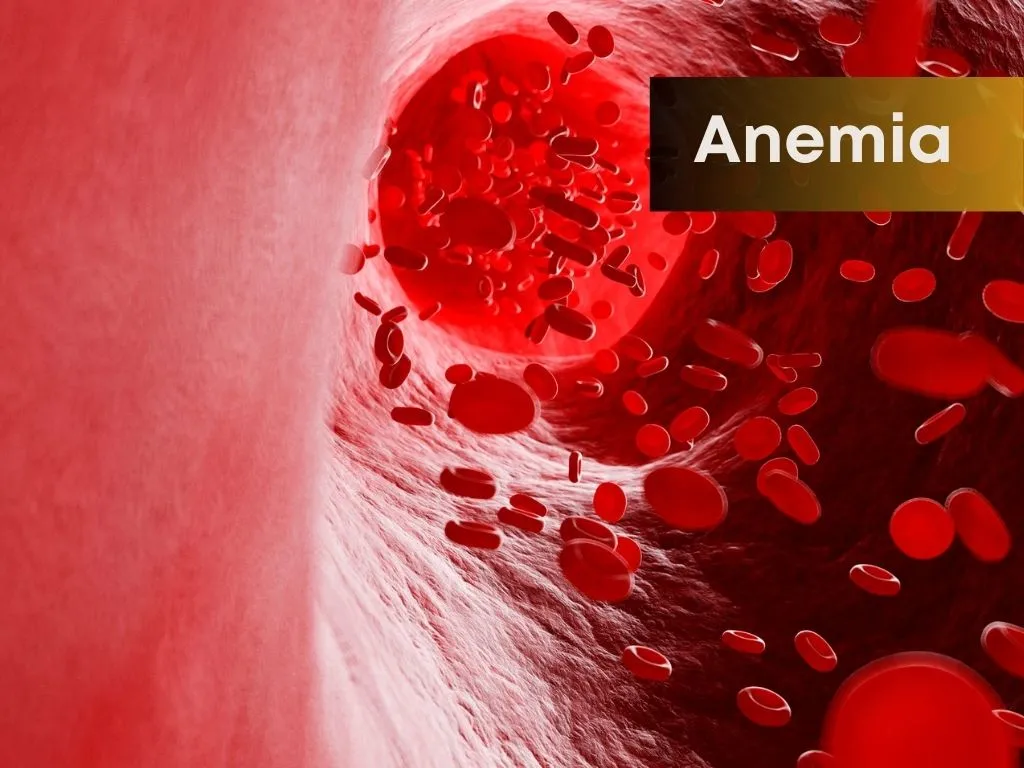

.jpg.webp)
